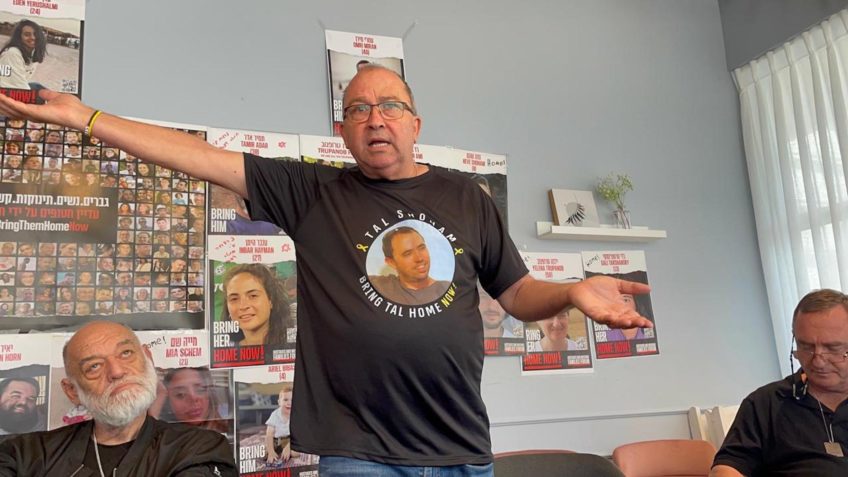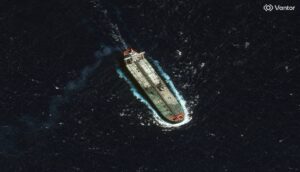
For them, the priority at the moment is to negotiate the return of family members home and not to expand the military operation.
In Israel, relatives of Hamas hostages imprisoned in the Gaza Strip criticized Prime Minister Benjamin Netanyahu’s decision to Initiate to military operations in Rafah. The city is in the extreme south of Gaza and is the only one that has not yet seen fighting.
On Monday (May 6, 2024), a round of negotiations aimed at a ceasefire ended. The terms under negotiation have not all been officially disclosed. Israeli government sources say 40 hostages were expected to be released over 40 days.
“It’s a bad solution. Go see what happened in Khan Yunis. They [governo] they said the same thing they are saying now in Rafah. ‘Khan Yunis is the place that, if we destroy, everything will be quiet. We will kill [Yahya] Sinwar [líder do Hamas]‘’. Good. Soldiers died, were injured and nothing“, said Gilad Korngold, father of Tal Shoham, a hostage for more than 6 months. He was captured in Kibbutz Be’eri, in southern Israel, one of the hardest hit by the group.
On October 7, Hamas, an extremist group from the Gaza Strip, invaded Israel, killed 1,200 people and took 234 hostages. Of these, 105 were released in November when a ceasefire agreement was announced.
There is no clarity on the number of hostages alive. In Israel, it is estimated that there are around 40. Among them, they range from a 1-year-old baby, Kfir Bibas, to an 86-year-old elderly man, Shlomo Mansour.
The families of the victims organized themselves from October 8th in a ONGcall “Bring Them Home Now“. The headquarters are in Tel Aviv, central Israel.
From then on, the group acts on its own to try to rescue the hostages, trying to influence both the government and agents from other countries to advance negotiations.
In the center of Tel Aviv is the square of the Tel Aviv Museum of Art, today called Hostage Square. There, there are art exhibitions, sales of material related to the campaigns for the release of hostages, free shows and demonstrations.
One of these demonstrations began on Sunday (May 5). Retiree Eli Sahar, 78, who had relatives murdered by Hamas, began a hunger strike. He said the aim is to pressure the government to come to the table to negotiate a ceasefire and release the hostages.
“We feel that the government is not doing everything it should to free the hostages. We think public pressure will force more to be done. We all think the hostages should be released, no matter what, in what condition, we want them back“, these.
Not far away is the artist Sefy Sandik. He set up an outdoor display of dolls and stuffed animals with their hands tied. In the center, 2 baby coffins. They represent children who were killed and kidnapped by Hamas.
“I am against the government of Israel today. And my demonstration is against this government. A government that causes problems not only for Israel, but for all Jewish communities in the world. I am 100% against entering Rafah. We have to kill Hamas, but not at the price of doing similar things to them as they did. We have morals, they don’t“, these.
Guerra
On Monday (May 6) the Israeli war cabinet announced the entry into Rafah. It was the 3rd largest city in the region before the war and the only one, among the largest, that had not registered conflicts until now.
The Israeli government has officially provided few details about the operation. Behind the scenes, the main justification is Hamas’s hesitation in accepting to return hostages. The objective of the operation is to increase pressure on the radical group.
“Overnight, Armed Forces ground troops began a precise, intelligence-based counterterrorism operation to eliminate Hamas terrorists and dismantle their nefarious infrastructure in targeted areas of eastern Rafah“, said an excerpt from the note released by the government.
Source: https://www.poder360.com.br/internacional/parentes-de-refens-em-gaza-criticam-entrada-de-israel-em-rafah/

